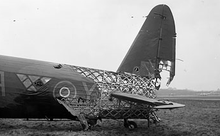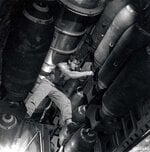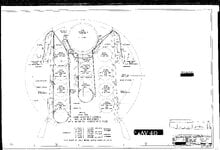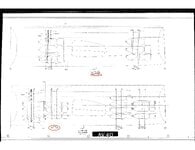Thumpalumpacus
Lieutenant Colonel
What would be the most extreme condition? I figure releasing in a steep diving turn. I know dive bombing covered angles of 60˚ or greater, I don't know how many bomb-drops in those days were done while turning and to what extent.
Dropping any bombs off-angle-off-axis is a great way to miss, if not hit your own bomb-bay doors or whatnot. Dive-bombers are obviously designed to drop at steep angles, but even they often used crutches to swing the bomb clear. And as the Germans taught us, using heavier bombers for dive-bombing has other unrelated issues, such as heavy wings making the thing a pig. And even pitch can be a bitch if the pilot pulls up before the bomb is released.
"Slinging:" bombs ballistically became (sort of) a thing after you get computers small enough to fit into jets, but before then, any yaw or roll will impart forces which will impair aiming. Pitch can improve accuracy, but will impart issues to the bomber itself (pull-out stresses) unless specifically and efficiently designed to address those issues.
Long story short, once you're at two engines or more, you're stuck with level- or skip-bombing. And even single-engined DBs don't play well with yaw and roll. Inertia matters.





